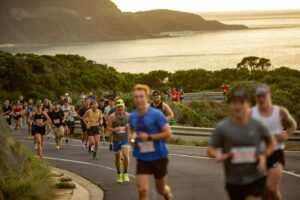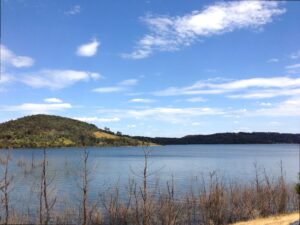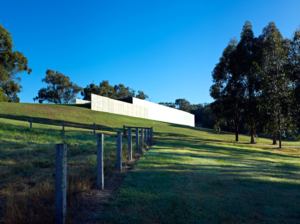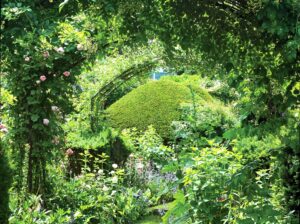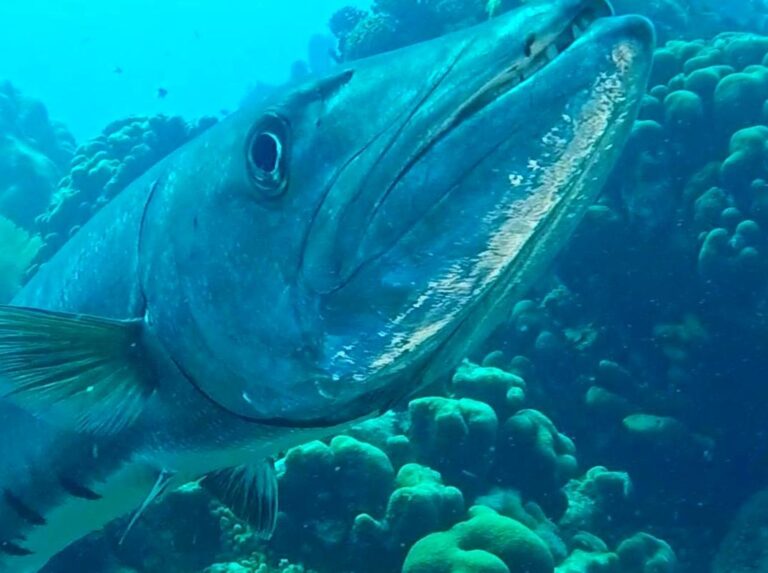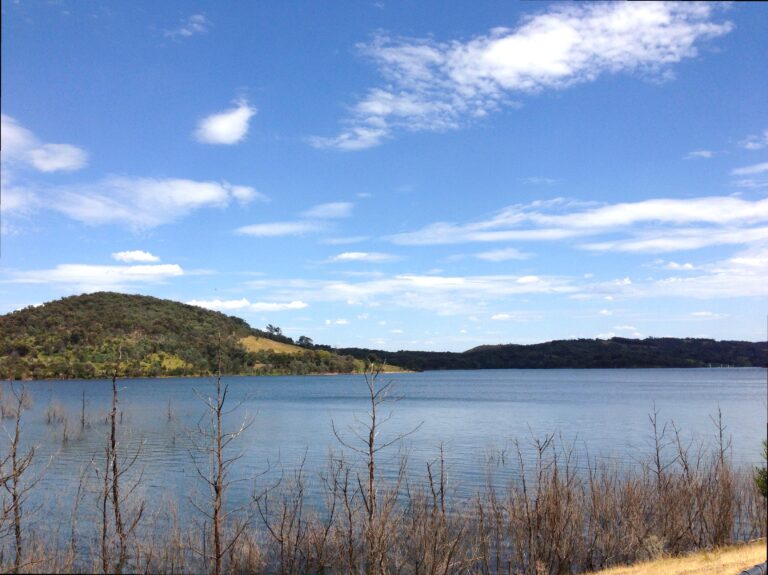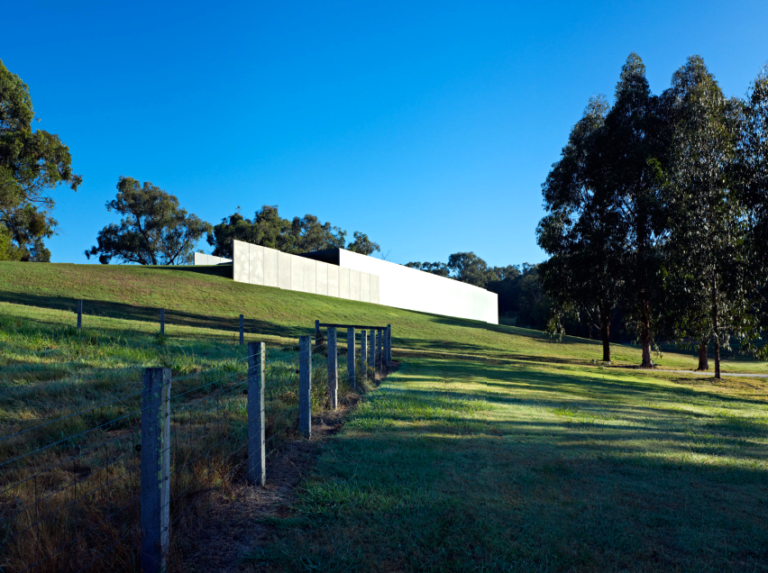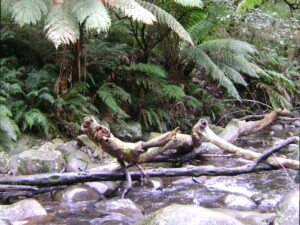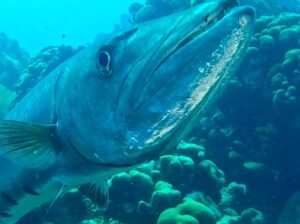
For marine enthusiasts and conservationists alike, the Point Danger Marine Sanctuary is a must-see. It is located on a stunning coastline and acts as a home to many different types of sea creatures as well as being an important area for marine conservation efforts. Whether you want to go snorkeling or scuba diving, or if you just want to learn about the oceanic world around us, Point Danger will not disappoint. This article will discuss some of the unique ecosystems found within this sanctuary, showcase its diverse marine life, and suggest ways in which people can get involved with conserving it. Furthermore there are also plenty of things to do at Point Danger so keep reading! Let’s dive into what lies beneath!

Overview of Point Danger Marine Sanctuary
Location and Access
Situated on Australia’s east coast line; Point Danger Marine Sanctuary has some of the most beautiful views due to its geographical location which provides various marine habitats. There are multiple entry points into this sanctuary including nearby parks or beaches that lead straight onto water where visitors can enter from either by car, public transport or even walking along scenic trails that take you right up next to the coast line. There is ample parking available close by making it easy for day trippers who may be driving long distances just wanting somewhere quick they can park their car before heading off exploring again later on throughout their journey – also being near major towns means there are lots of facilities available for tourists so don’t forget when planning your visit check out some local maps.
Unique Ecosystem
The ecosystem at Point Danger is like no other; it boasts an array of different species ranging from colourful fish all the way down to intricate coral reefs. Each one contributes towards creating what could only be described as an underwater paradise teaming with life forms that cannot be found anywhere else in the world. This area is known for its ecological importance as it provides breeding and feeding grounds for many marine organisms which would otherwise not survive without such habitats being available. Some features include kelp forests which are home to various types of fish or vibrant coral gardens where you can find all sorts of weird and wonderful creatures living amongst them – this ecosystem must remain healthy if we want any chance at maintaining a balanced marine life throughout our region so please take care when visiting!
Exploring Marine Life at Point Danger
Notable Species

There are so many interesting species that live within the sanctuary’s waters; here are just two examples:
- Giant Moray Eels: These eels have unique patterns on their skin and can grow to be quite large, often hiding in rocks or corals.
- Clownfish: Clownfish are famous for their bright colours which they display while swimming around sea anemones – this makes them very popular with snorkelers!
In addition there will also be starfishes, sea urchins etc., but knowing about these creatures really does add another level onto your underwater adventure through Point Danger’s vibrant ecosystem so keep an eye out for them too! Nature lovers will enjoy watching how different animals interact with each other in such a lively environment
Best Times to Visit
If you want to see as much as possible during your time at Point Danger Marine Sanctuary then it’s important that you know when is best for what. The visibility and activity levels of marine life change depending on the season so here is a rough guide: Spring/Summer (September-February) – warmer temperatures mean clearer waters which in turn allows more light through making it easier to see things like fish swimming around or even dolphins playing off shore. This is also when most animals tend to breed so if you’re lucky enough you might witness some pretty amazing behaviours!
Timing your visit can make a huge difference to how much you get out of it.

Conservation
Point Danger is not only beautiful, but also acts as a hub for marine conservation in the area. Many local groups work together to try and teach people about conserving things while they are visiting. The sanctuary does things like fixing up where animals live, stopping pollution from getting worse and keeping an eye on how many animals there are in the sea. Working with locals and schools helps them understand what they are doing. If visitors know about these things then they can help look after the park for future generations too. This is why it is so important that everyone works together at Point Danger.
Things to Do at Point Danger
Diving and Snorkelling
If you love adventure then you will be pleased to hear that there are lots of different places where you can go snorkeling or diving in the Point Danger Marine Sanctuary. Some spots have been set aside especially for this purpose and offer different experiences depending on whether you are a beginner or more experienced diver. People who are new to diving might prefer shallow waters where it is easier to see things whereas those with more experience might want to try deeper areas with lots of coral reefs and fish.
Tours and Programs
To make sure that people learn something while they are here, guided tours run by the sanctuary’s staff could be joined or educational programs could be taken part in. Local guides who know all about marine biology will tell you interesting facts about different types of plants and animals living in this area as well as other parts of the world too probably! These trips often involve games which help children understand why we need to look after our oceans better than we do now – hands-on activities like these should not be missed!
Looking After Marine Life

It’s imperative to respect marine life during your visit to Point Danger to prevent harm to these creatures and their habitats. Here are some key guidelines to remember:
- Keep a safe distance from animals in the water – they might get scared if you come too close!
- Never touch any living thing under the sea because it could hurt them as well as damage where they live.
If everyone follows these rules then there will always be lots of different creatures for people to see at this park. Also, by being careful about what we do when visiting such areas, it shows that we care about them and want others to enjoy them too.
Getting Involved
Volunteering
Becoming a volunteer at Point Danger can be very rewarding indeed! There are many groups which need help with things like planting trees or looking after animals. By getting involved you will not only be doing your bit towards saving this special place but also learn more about how best to protect other parts of our planet’s oceans. It is also a great way to meet new friends who share similar interests in marine life conservation.
The Local Community
The local community has an important role to play when it comes to raising awareness about environmental issues affecting places like Point Danger. Throughout the year various events take place which focus on educating people about marine conservation. For example, there may be beach clean-ups organised by residents themselves or workshops held where visitors can find out more information on what they can do personally to help save our seas! Taking part in these events is good for the environment and also helps people feel like they belong to a wider community. There are many ways to get behind these schemes, such as giving money, giving time or just telling others about them.
Conclusion
Explore the sea life at Point Danger Marine Sanctuary, a lively example of how beautiful and important marine ecosystems can be. It has lots of different types of sea life, great views and people who work hard to look after it which makes it an exciting place to visit as well as learn about. When you go snorkelling at Point Danger you not only have fun but also help save the oceans. Whether you’re a snorkeler, diver or just want to watch there are plenty of ways that you can enjoy this special place while helping out too. So why not come down to Point Danger and become one of its marine life guardians so that we can keep all these amazing things around for our children?
FAQs
FAQ 1: What is the best time to visit Point Danger Marine Sanctuary?
Answer: he best time to visit is usually between September and February when the weather is warmer and there’s more chance of seeing things while snorkelling or diving.
FAQ 2: Are there any entry fees for visiting the sanctuary?
Answer: No, anyone can go into Point Danger Marine Sanctuary without paying anything but if you want someone to show you around or teach you something then they might charge.
FAQ 3: Can I bring my own snorkeling gear to the sanctuary?
Answer: Yes, please bring your own gear if you have it; otherwise there are places nearby where you can rent some.
FAQ 4: What should I do if I encounter marine wildlife while snorkeling?
Answer: Keep your distance and don’t touch anything. Listen to what the guide says.
FAQ 5: How can I support marine conservation efforts at Point Danger?
Answer: You could help clean up the beach or give money to people who try and save fish or teach kids about them.
